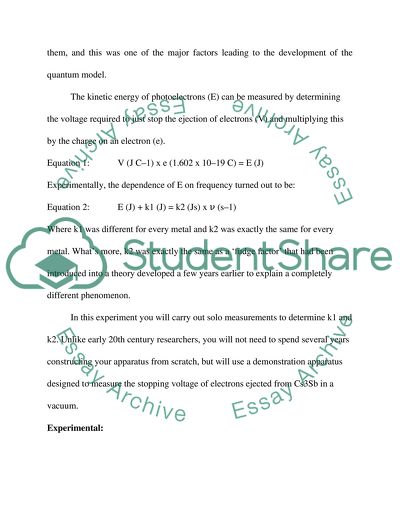Cite this document
(“Quantum and Thermochemical Structure lap report Assignment”, n.d.)
Retrieved from https://studentshare.org/chemistry/1398834-quantum-and-thermochemical-structure-lap-report
Retrieved from https://studentshare.org/chemistry/1398834-quantum-and-thermochemical-structure-lap-report
(Quantum and Thermochemical Structure Lap Report Assignment)
https://studentshare.org/chemistry/1398834-quantum-and-thermochemical-structure-lap-report.
https://studentshare.org/chemistry/1398834-quantum-and-thermochemical-structure-lap-report.
“Quantum and Thermochemical Structure Lap Report Assignment”, n.d. https://studentshare.org/chemistry/1398834-quantum-and-thermochemical-structure-lap-report.


